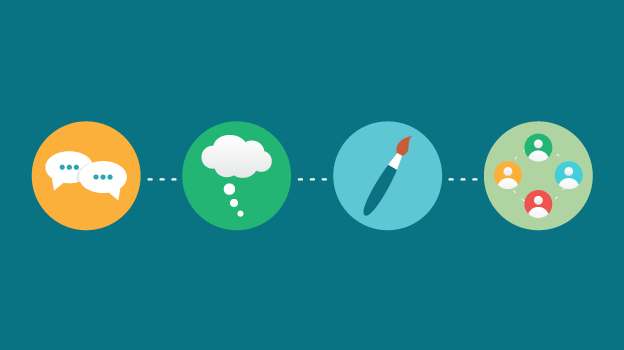
Key design elements of project-based learning
Project-based learning (PBL) is a teaching method in which students gain knowledge and skills by working for an extended period of time to investigate and respond to an engaging and complex question or problem.
Project-based learning is a viable solution for delivering instruction and since it’s based on the student’s learning objectives and needs, it paves the way to great academic results and significant student achievement.
Here are 7 design elements that are key to creating successful project-based learning:
-
Challenging problem or question
The project must be designed around a problem to be solved or a question to be answered — and these need to be wrapped in an interesting way.
-
Sustained inquiry
Once students get a challenging- enough problem or question their curiosity will kick in. Teachers should encourage them to find the answers by themselves, using any resource they want.
-
Authenticity
The project should feature a real world context or at least address students’ interests. No matter what the project is about, there needs to be a clearly authentic part of it.
-
Student voice and choice
Students are encouraged to make decisions about and along their learning journey. This empowerment over their own learning process contributes to higher retention rates.
-
Reflection
When you do or learn something for the first time, you realize there’s always a better way. Students should reflect upon their learning processes and be able to draw some conclusions.
-
Critique and revision
This is about what didn’t work and figuring out why. Identifying what could have been better is the first step in improving processes, which will help student get better results next time.
-
Public product
Students need to make their project work public by explaining, displaying and/or presenting it to people beyond the classroom - thus distinguishing PBL from other teaching strategies.
Visit our Blog for insightful posts on edtech for K-12 and Higher Ed.


